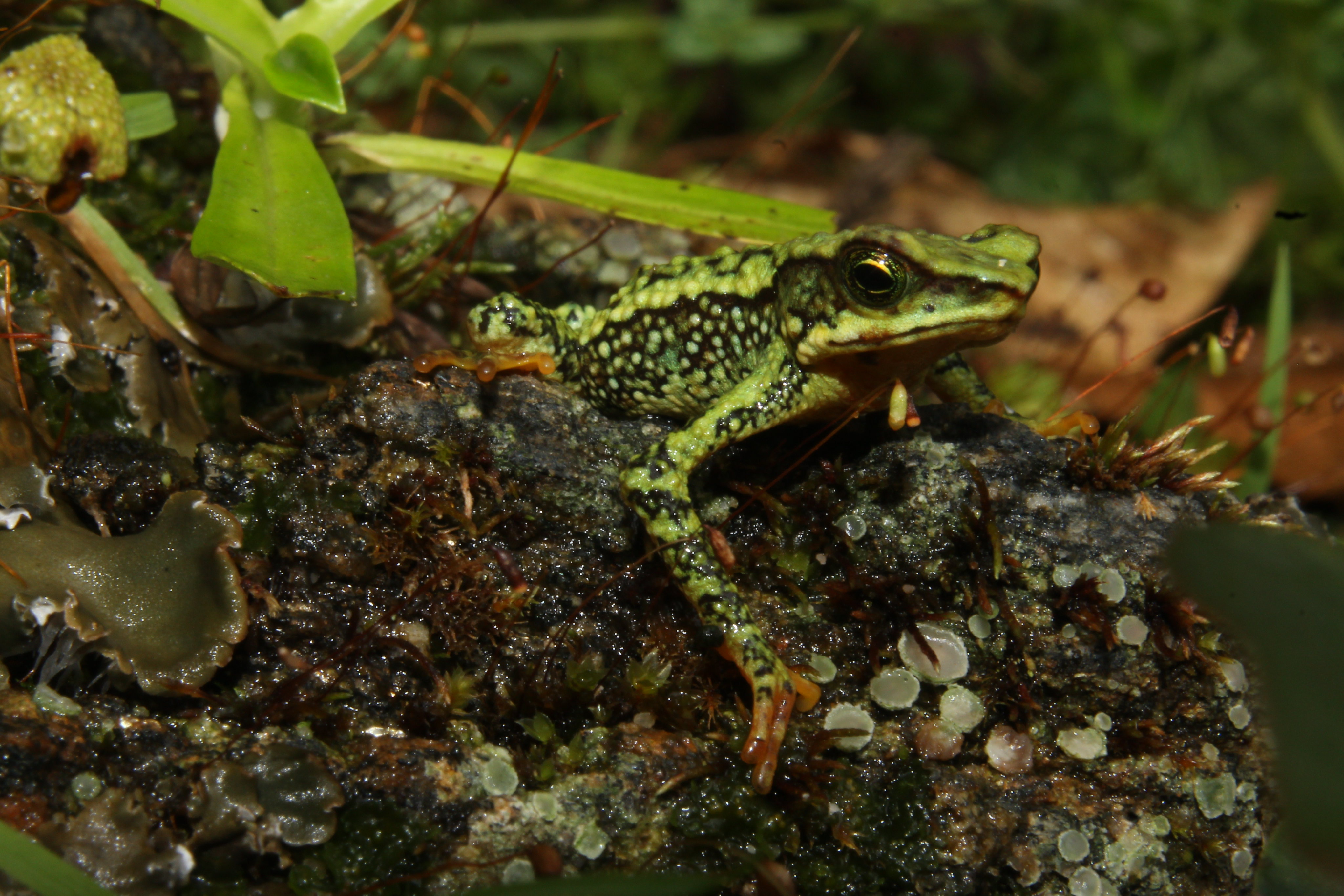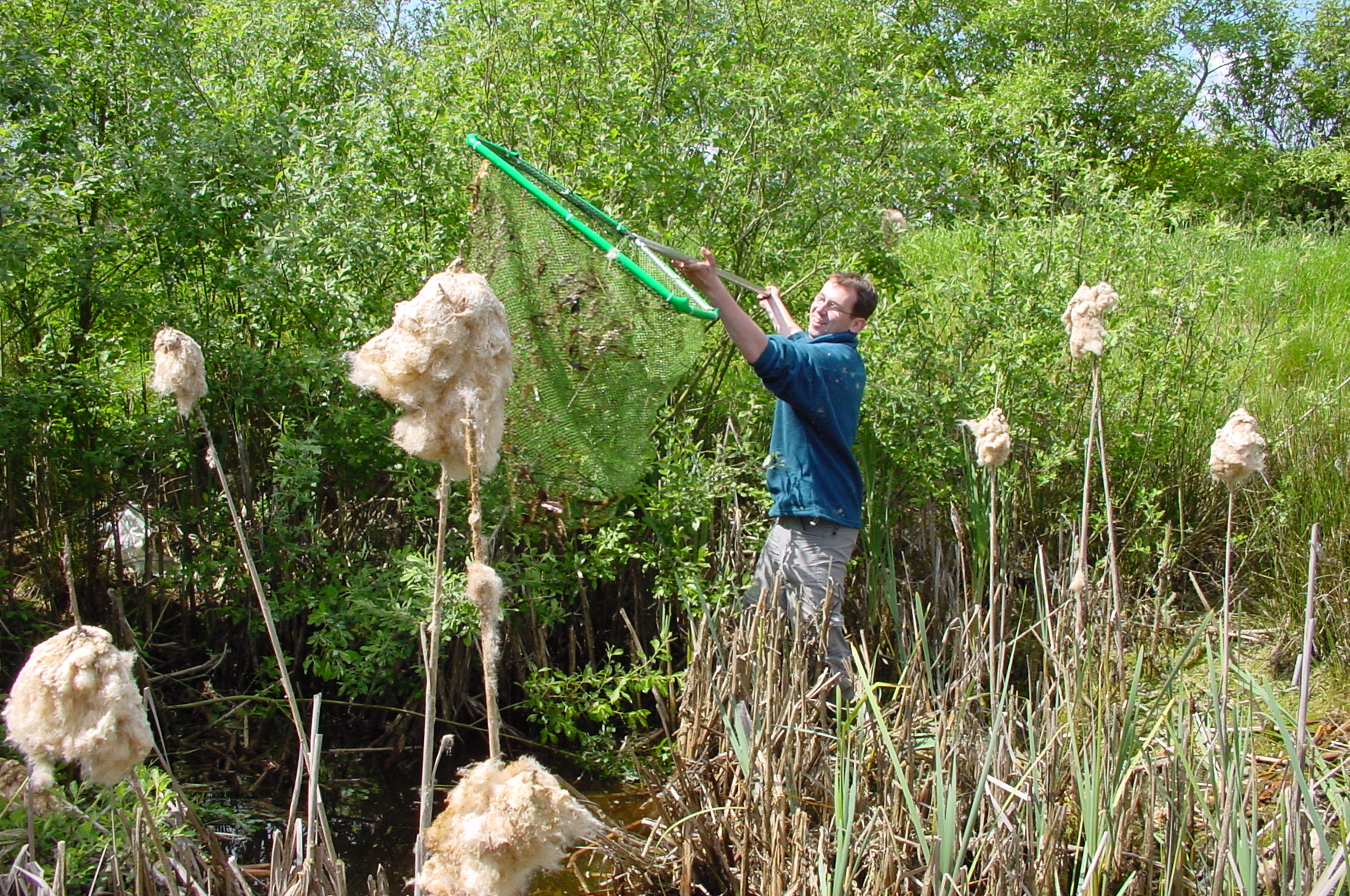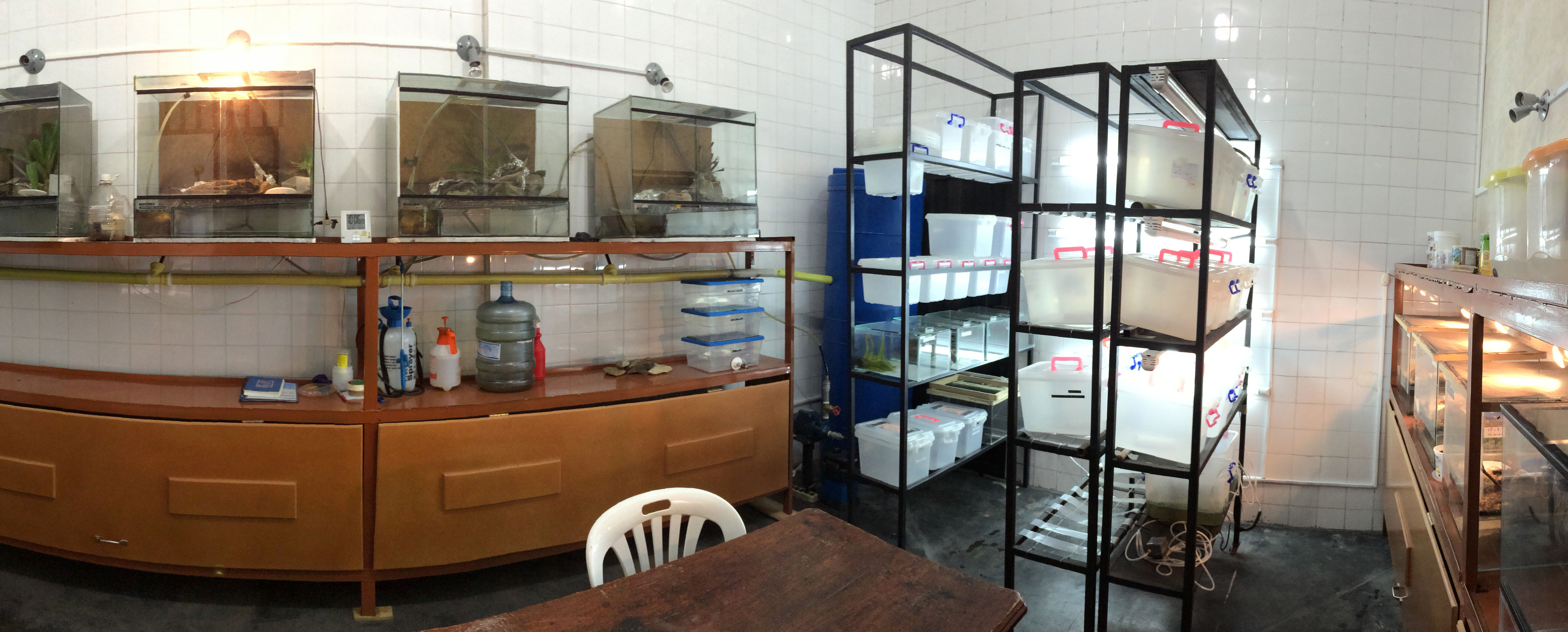Amphibian conservation in Colombia by ProAves: before and after peace
With 802 species of amphibians, Colombia is second only to Brazil as the most diverse nation on earth for these spectacular creatures. Sadly 46% of these species (368) are Threatened with extinction and with many new species being discovered restricted to the last fragments of natural habitat it is likely […]




